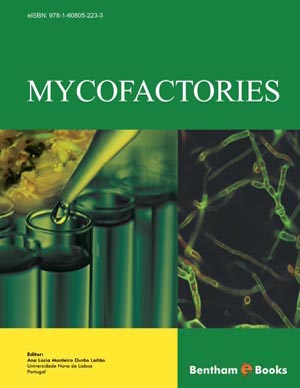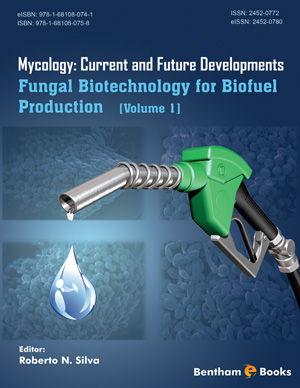Abstract
The genus Candida represents a huge repertoire of fungal species with
diverse functions. These unicellular yeasts possess great clinical significance because
of the high level of pathogenicity exhibited by some members of the genus. Moreover,
several species of Candida are highly valued industrially as microbial platforms to
produce commercial products. Therefore, there is a persistent need to describe the
genus as a whole, considering its immense applications in both medical and
biotechnological grounds. The genus is being continuously explored, with new species
regularly emerging as pathogenic. However, since most of the in-depth research has
been focused on a few species of these yeasts, therefore, only the pathogenic species
have been described in this chapter, reviewing the underlying characteristics that label
their pathogenicity, which include their incidence of occurrence among the population,
spread of infection, factors affecting the host immune system, and disease control.
Further, the major studies identifying the biotechnological potential of the species have
been discussed.
Keywords: Adhesin, Biodegradation, Biofilm, Bioremediation, Biosurfactants, Candidiasis, CTG clade, Drug resistance, Enzymes, Hyphae, Non-albicans Candida, Parasexual, Pathogenic, Phagocytes, Pseudohyphae, Single-cell oil, Single-cell protein, Transcription factor, Virulence, Yeast.






